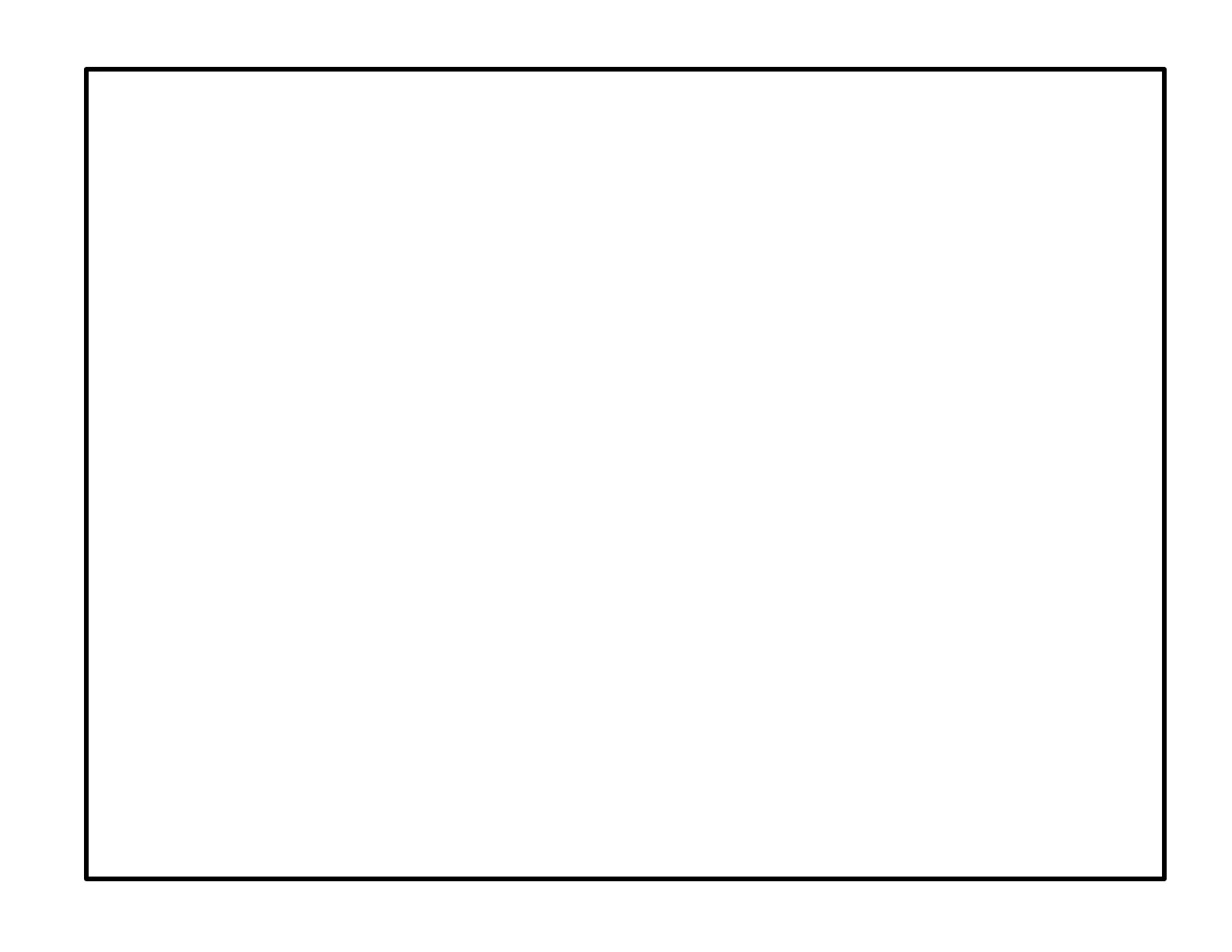Page 88
C1 DIAGRAM WITH D8 DIAGRAM
Electromechanical Thermostat with Threeposition Economizer
4-C1 Section with D8 Section - Basic (threeposition) Economizer Operation
When a REMD16 or EMDH16 Economizer section is applied to the GCS16 with electrome
chanical thermostat, two stages of cooling are available dependent on the actions of the en
thalpy control inside the economizer. By sensing outside temperature and relative humidity,
the enthalpy control determines if outside air can be used as a first stage of cooling. If so, first
stage cooling is handled by outdoor air dampers and 2nd stage cooling is handled by the com
pressor. When outdoor air conditions become unsatisfactory for cooling, the outdoor air
dampers close and the compressor handles all cooling demand.
NOTE - In order to understand how optional controls affect operation of the GCS16, you must
first read and understand how all the GCS16 components work.
Factory jumper-plug P3 is removed from unit harness jack J3 and discarded. Economizer plug
P4 replaces plug P3. These connections are made in the unit blower compartment.
Operation Sequence:
NOTE- In this operation sequence the unit diagram has been omitted in order to concentrate
on the interaction between thermostat and controls.
1- Economizer outdoor air dampers drive full closed any time blower B3 is not operating.
2- Enthalpy control A6 terminal X and damper motor terminal X are powered by unit relay K3
when there is a blower demand or by K13 when there is a heating demand. When 24VAC is
applied between terminals TR and X, the damper motor is energized and the outdoor dampers
open to mid (minimum) position.
3- Economizer jack J28 is not used in this application and should remain disconnected.
4- Blower B3 is energized by thermostat terminal G. On a cooling demand, thermostat terminal G
energizes relay K3 (not shown) which in turn energizes the blower. When K3 energizes, K3-1
closes to energize the blower and K3-2 closes to energize the economizer and open the out
door air dampers to mid (minimum) position.
I. Enthalpy Control in Low Position (outside air can be used for cooling).
1st stage cool (all models):
5- Initial cooling demand Y1 is sent to enthalpy control A6 terminal 1.
6- Enthalpy control A6 has determined that outside air can be used for cooling and has switched
internal 1K and 2K internally.
7- Cooling demand is routed through enthalpy control terminal 6 and through discharge air ther
mostat S13 to enthalpy control terminal D and damper motor terminal D.
8- When 24VAC is applied across terminals D and T of damper motor, the damper motor ener
gizes and outdoor dampers open fully. First stage cooling is provided by outdoor air.
2nd stage cool (all models):
9- Economizer outdoor air dampers remain open.
10- Additional cooling demand is routed from thermostat Y2 through enthalpy control terminals 3
and 5 to energize the compressor. The compressor provides all additional cooling demand.
II. Enthalpy Control in High Position (outside air cannot be used for cooling).
Cooling:
11- Cooling demand is sent from thermostat terminal Y1 through enthalpy control terminals 1 and
2 and through enthalpy control terminal 5 to energize the compressor. The compressor han
dles all cooling.
Night Setback (optional field installed - not shown)
12- Optional field installed time clock, night thermostat S12 (not shown) and night relay K11 (figure
59) must be connected for night setback operation.
13- Blower B3 operates only during a heating demand when night thermostat is closed.
14- When clock contacts close, relay K11 energizes. Contacts K11-1 open to disable the day ther
mostat and contacts K11-2 open to drive the dampers full closed.
15- Night thermostat S12 is typically set with setpoints below thermostat S1. During unoccupied
periods, K11-1 opens while S1 is disabled. When S12 closes, power is supplied to S1 and the
unit operates normally. When S12's setpoint is reached, S12 opens, S1 is disabled and unit
operation stops.
16- Shortly before the building is to be occupied, clock contacts open to de-energize relay K11.
Contacts K11-1 close to restore power the thermostat S1 and Contacts K11-2 close to restore
power to the minimum positioner. Outdoor air dampers open to mid (minimum) position during
blower operation.

